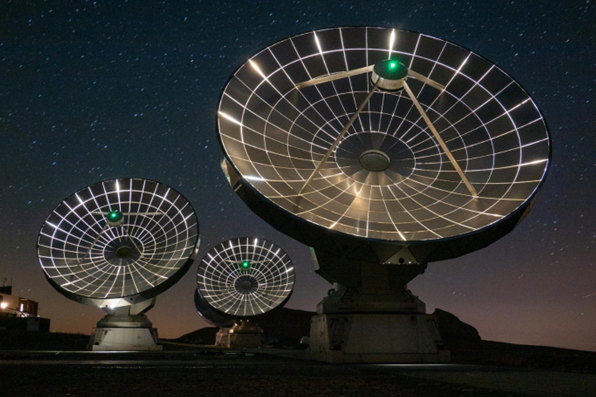What is IRAM?
The Institute for Millimetre Radio Astronomy (IRAM) is an international astronomical research institute that maintains and develops two observatories: the 30-metre radio telescope on Pico Veleta, near Granada, and the NOEMA observatory in the French Alps. The Spanish National Geographic Institute (IGN) has been a full partner and member of the Institute since 1990, together with the Max Planck Society of Germany (MPG) and the French Centre National de la Recherche Scientifique (CNRS).
The headquarters and central laboratories are located in Grenoble and a site in Granada serves as a base for the 30-metre radio telescope. The IGN has a fraction of the observing time at its disposal, in open international competition. In addition, the IGN participates on an equal footing in all IRAM's governing and technical councils. The Institute is now considered a model of multinational scientific cooperation.
IRAM's overall objective is to explore the universe and study its origins and evolution. To this end, it develops cutting-edge technology for its observatories, which are among the most important in the world operating at millimetre wavelengths. These radio telescopes play a crucial role in modern astronomy, enabling the study of cold matter through the emission of molecular gas and dust, key elements in the formation of stars and galaxies and thus in the evolution of the universe.
Millimetre wavelengths are essential for astronomy, as dust and astronomical objects that are enveloped in gas remain optically invisible. Thanks to radio techniques, astronomers can push the boundaries, penetrate the furthest galaxies, analyse black holes at the limits of the observable universe and trace cosmic radiation back to its origin, the Big Bang. In this sense, IRAM's telescopes have made a fundamental contribution to expanding our knowledge of the universe.
Information on the submission of observing proposals can be found here and the latest news from IRAM can be read here.


